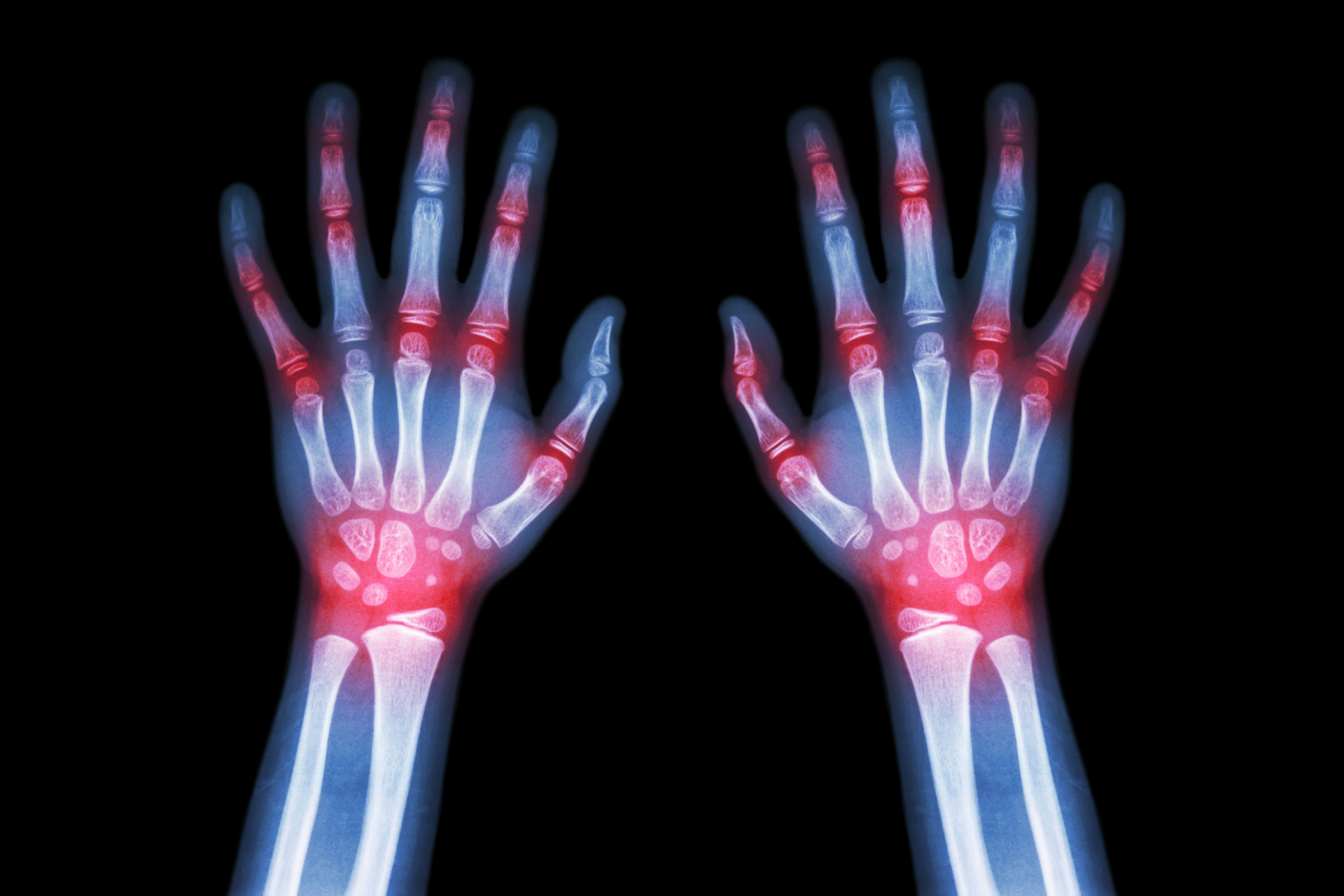Article
Trials for Early Onset JIA Treatment Show Promise
Author(s):
Historically, treatments for children with systemic juvenile idiopathic arthritis (sJIA) have been difficult and ineffective, leading to poor outcomes. But, findings from a new study point to a method that could lead to more positive results.
(©AdobeStock_StockDevil)

Historically, treatments for children with systemic juvenile idiopathic arthritis (sJIA) have been difficult and ineffective, leading to poor outcomes. But, findings from a new study point to a method that could lead to more positive results.
Traditionally, these patients have been treated with non-steroidal anti-inflammatory drugs, glucocorticoids, and non-biologic disease modifying antirheuamtic drugs (DMARDS). They only advanced to biologic medications, such as recombinant IL-1 receptor antagonist (rIL-1RA, anakinra), if they failed the first-line treatment or had severe or refractory disease.
However, new research published in Arthritis & Rheumatology revealed patients respond better when rIL-1RA is employed as the initial treatment. The study followed outcomes for 42 children with sJIA, including those with arthritis or arthralgias, treated with rIL-1RA for an average of 5.8 years. After 1 month, 60 percent had achieved inactive disease, and 76 percent reached the same milestone after 1 year. After 5 years, 95 percent had inactive disease, and 72 percent were off medications.
According to Lauren Henderson, M.D., a rheumatologist at Boston Children’s Hospital who reviewed the single-center study, these findings are significant. She noted the rapid attainment of disease control, high rates of inactive disease, and substantial number of patients who tapered off medication.
“While the present study…is not a randomized controlled trial, it does present the greatest amount of evidence to date on the efficacy of first-line rIL-1RA therapy and a treat-to-target approach to sJIA,” she wrote.
The study also provided clinicians with a valuable marker that predicts the response to rIL-1RA - elevated neutrophil count and response to rIL-1RA therapy within a month. Providers can use that information, she said, to determine when patients should be switched to an alternative therapy.
Overall, the study results indicate a first-line IL-1 blockade in new-onset sJIA patients with a treat-to-target strategy could lead to inactive disease faster than previously experienced. If widely implemented, these findings could fundamentally change treatment for these patients.
Despite these significant positive outcomes for sJIA patients, though, the study sample size is small. Larger, multi-site studies are needed to confirm the results. Such work could shed light on the biologic basis for the exceptional response to early rIL-1RA treatment, Henderson said.
REFERENCE
Henderson L, A Bullseye for Children with Systemic Juvenile Idiopathic Arthritis. Arthritis & Rheumatology (2019), https://doi.org/10.1002/art.40867




